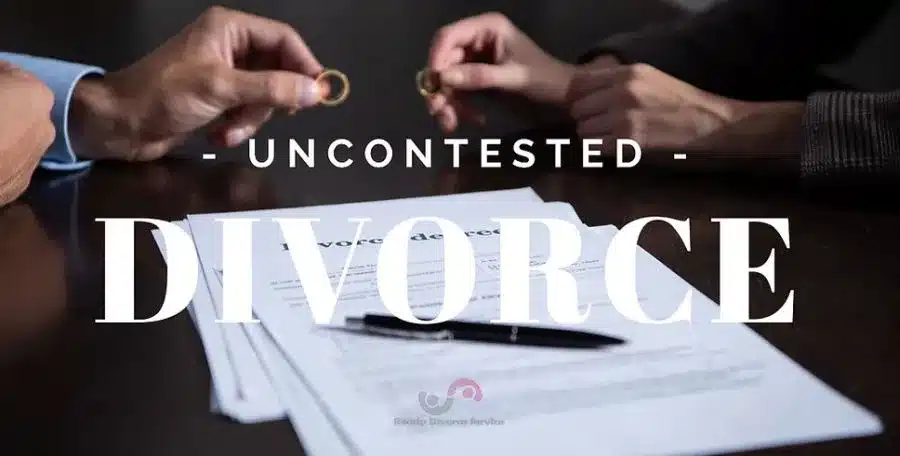A qualified domestic relations order (QDRO) is a legal document, typically found in a divorce agreement, that recognizes that a spouse, former spouse, child, or other dependent is entitled to receive a predefined portion of the account owner’s retirement plan assets.
When Do You Need a QDRO?
First, you need to establish whether or not you are entitled to a share of your spouse’s pension or retirement accounts. From there, you need to know the specifics about these accounts. For example, you will need a QDRO if you are trying to divide a 401(k), 403(b), or pension plan. You will also need this order for any other type of employer-sponsored retirement plan, including civil service plans or IRAs (federal and state).
Individuals with income exclusions can apply for QDROs as well. The most notable examples are government and military pensions.
The spouse who owns the plan is called the “participant.” Meanwhile, the non-employee spouse is called the “alternate payee.” The QDRO form tells the sponsor of the retirement plan (sometimes referred to as a “plan administrator”) how to divide the plan if a divorce occurs. Without a QDRO, the alternate payee cannot legally access the funds in a retirement plan.
A QDRO is necessary if you were awarded a share in your spouse’s retirement or pension funds during the divorce proceeding through settlement or litigation. It is the only effective way to notify a plan administrator and ensure that you receive the funds.
In the event that a spouse does not (or cannot) pay child or spousal support as dictated in the divorce decree, a QDRO can also be used to pull money from retirement accounts, in order to cover these expenses. This situation is much trickier than usual, so you should be certain to understand the tax implications. In spousal support, the recipient assumes tax liability, but child support is the opposite.
At some point, individuals will be faced with deciding whether or not a QDRO is truly a worthwhile pursuit. Is the cost of drafting and filing this order worth the amount of money at stake? Small account balances generally are not worth the headache involved. More convenient arrangements may be made, including transferring funds to an IRA for the alternate payee. You can also make some other form of a lump-sum payment.
A QDRO Form Must Contain Certain Information
QDROs are complex, since every retirement plan has different rules and procedures. However, there are four key areas that every QDRO requires:
- Name, Social Security Number, and Current Address of the Participant (plan owner) and the Alternate Payee (non-employee spouse)
- Exact name of the plan that is being divided
- The way that the benefits will be divided
At its core, the items seem straightforward, but there are a lot of nuances involved.
How Long Does a QDRO Take?
Obtaining a QDRO can be quite time-consuming, so be certain to understand each of the basic steps prior to beginning. The first stage may be relatively easy. You will gather all of the information that is necessary for the order, including:
- The name of the plan
- The name of the plan administrator
- A copy of the summary of the plan
- Their QDRO procedures
Each plan administrator will have a different way of going about a QDRO.
Next, you will hire a QDRO company or attorney to draft your paperwork. Most situations will require you to submit the draft to the plan administrator for preapproval. The plan administrator will review it and request any necessary changes.
Note: Government and military pensions do not usually follow this step.
Preapproval is desirable, because it often speeds up the process of receiving final approval. Once the order makes it through the court system and receives the judge’s endorsement, it is far more likely that the plan administrator will have no issues.
After preapproval, all parties will need to sign the preapproved QDRO, including your spouse. A spouse may refuse to sign the order, but you can file a motion with the court to maneuver around this obstacle.
Finally, a judge will approve the final QDRO, and file it with the court system. Your QDRO company or attorney will need to send an official copy to the plan administrator, in order for you to receive the funds.
From start to finish, this process typically lasts anywhere from two to six months. Depending on the specifics of your order, some companies will take significantly less time.
Get help with divorce: Texas Uncontested Divorce
How Much Does a QDRO Cost?
A QDRO costs around $400-$1,000, depending on the state you live in and the QDRO attorney you use to draft the plan. Also know that plan sponsors may charge a fee for dividing the QDRO, which can range from $300 to $1,200. The price depends largely on the specific account and plan administrator, including the simplicity of the process for your QDRO company or attorney.





